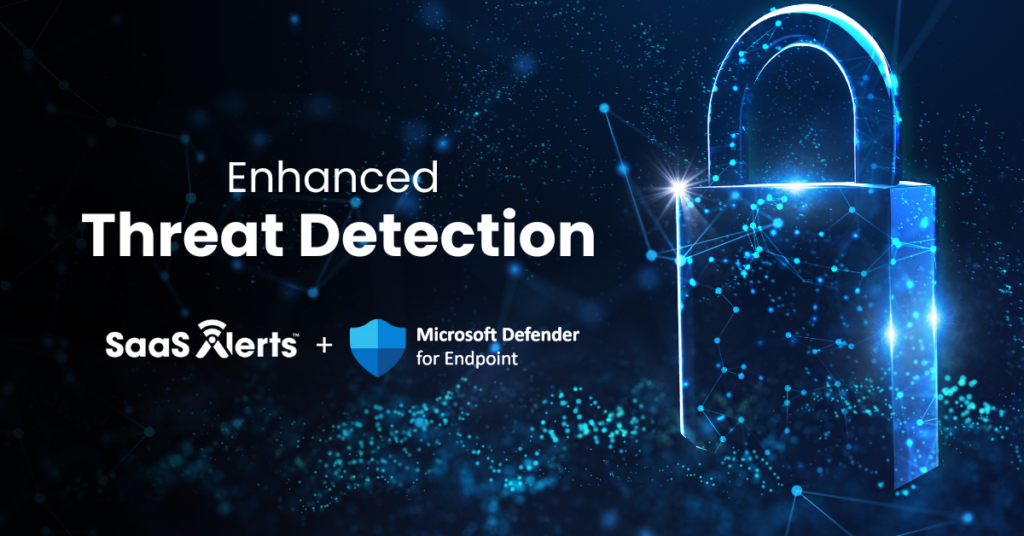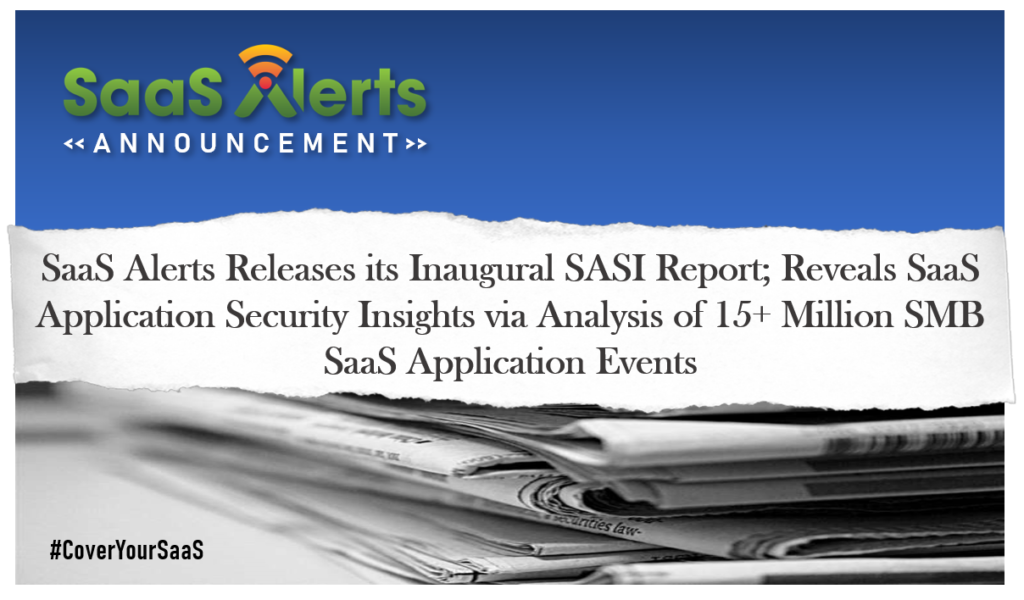How MSPs Can Ensure BEC Protection for Clients
Business email compromise (BEC) attacks involve manipulating or impersonating email accounts to deceive employees, often leading to financial fraud, breaches or data loss. According to Verizon, BEC attacks doubled last year and comprised nearly 60% of all social engineering incidents.
To deal with this growing frequency of BEC attacks, MSPs need advanced strategies such as user behavior analysis and employee training programs. Let’s look at the key BEC protection strategies for MSPs.
What Are BEC Attacks?
BEC attacks are a sophisticated form of cyber threat where malicious actors exploit and manipulate email communication within an organization. These attacks typically target individuals with access to sensitive information or financial transactions or those in positions of authority.
These scams rely on social engineering tactics like phishing attacks, domain spoofing, impersonation of executives and urgent requests.
Learn how business email compromise works.
The Importance of BEC Protection Strategies
By offering robust BEC protection services, you can protect your clients from the following consequences.
Financial Losses
One of the most immediate and significant impacts of a BEC attack is financial loss.
Cybercriminals may successfully manipulate employees into making unauthorized wire transfers or redirecting funds to fraudulent accounts or other financial scams, resulting in direct monetary losses for the organization. Victims of a BEC attack also face an increase in premiums for their cyber insurance or challenges in renewing their policies after the incident.
Operational Disruptions
In response to a BEC attack, your clients may need to temporarily shut down or restrict access to certain IT systems to conduct thorough investigations, implement security patches and remove malicious elements. This downtime can disrupt regular business operations and impact revenue. In fact, unplanned downtime costs Fortune Global 500 companies 11% of their yearly turnover — around $1.5 trillion, per Siemens.
Reputational Damage
When clients and partners discover that an organization fell victim to manipulation and deception, they question the company’s ability to conduct secure business transactions.
Diminished investor confidence impacts the ability to attract funding, with publicly traded companies seeing a short-term drop in market value. Comparitech found that the share prices of compromised companies experience an average drop of 3.5% after a cyberattack.
Regulatory Consequences
A BEC attack leads to non-compliance with industry-specific regulations, such as HIPAA in the healthcare sector and PCI DSS in the financial industry. Regulatory authorities often have the power to impose hefty fines for non-compliance with data protection and privacy regulations.
Top Four Strategies for Improved Business Email Compromise Protection
BEC protection requires a comprehensive and multi-layered approach. Here are four key strategies to get started with BEC security.
1. Awareness and Training
Employees open almost 28% of emails that are BEC attacks and even reply to 15% of these emails, according to Abnormal Security. With an effective security awareness program, you can train employees to recognize and respond appropriately to potential BEC threats.
Tailor training content to different roles within the organization. For instance, employees with financial responsibilities, such as CFOs or accountants, should receive specialized training on recognizing fraudulent financial requests.
MSPs and MSSPs should train clients to look for the following signs of BEC:
- High-level executives asking for unusual information
- Requests instructing employees not to communicate with others
- Poor grammar, awkward phrasing or date formats that differ from the standard conventions used in their organization
- Email domains and “Reply To” addresses that do not match legitimate ones
2. Monitoring and Alerting for Anomalies
Start by establishing a baseline of normal communication behavior for your customers’ employees’ email accounts and financial transactions within the organization. Understanding what is typical allows security systems to identify anomalies and compare activities against known indicators of compromise (IOCs), such as a sudden increase in the volume of outgoing emails or unusual attachment types. This information helps you effectively identify and respond to potential BEC threats.
Use SaaS security software to set up automated alerting when anomalies are detected. You can configure these cybersecurity alerts to notify security teams or IT personnel, ensuring a rapid response to potential BEC attacks.
3. Multi-Factor Authentication (MFA)
Implementing MFA helps mitigate the risk of unauthorized access to email accounts, even if credentials are compromised. Some MFA solutions offer adaptive authentication, which adjusts the level of security based on contextual factors. For example, if a user attempts to log in from an unknown location or device, the system requires additional authentication steps, providing adaptive protection against unauthorized access.
4. Incident Response and Recovery
Develop a comprehensive incident response plan outlining roles, responsibilities, communication protocols and the steps to be taken if a suspected or confirmed BEC attack occurs.
Automated remediation tools play a crucial role in isolating and containing BEC threats. They automatically deactivate compromised email accounts, block malicious email addresses or enforce temporary restrictions on certain activities to prevent further damage.
Your recovery plan should outline the steps to restore normal operations following a BEC incident. These steps include:
- Restoring data from backups
- Validating the integrity of systems
- Implementing additional security measures to mitigate future incidents
Protect Against Business Email Compromise Attacks with SaaS Alerts
A robust security tool like SaaS Alerts is essential for businesses to stay one step ahead of malicious actors and boost BEC protection. Here’s how SaaS Alerts helps MSPs better protect their clients.
- Continuous threat detection capabilities identify anomalous activities like logins from unfamiliar devices or locations, suspicious email forwards and irregular data downloads.
- Automated remediation triggers predefined responses automatically, such as isolating affected accounts or blocking malicious email addresses.
- Customized alerting and reporting features allow MSPs to customize their offering based on their client’s specific needs. This flexibility allows them to tailor the tool to each organization’s unique characteristics and risks.
Request a personalized demo to see how SaaS Alerts helps MSPs with BEC protection.






